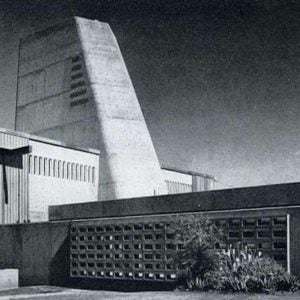The Ontario government’s plan to replace coal-fired generation in the province focuses on expanding renewable generation, with little emphasis on the restart of the remaining laid-up reactors at the Bruce and Pickering sites.
Under the latest plan, the last four operating coal-fired power stations in the province would close by early 2009 – instead of the end of 2007 as originally promised. The stations, which have a combined capacity of more than 6400MWe, are operated by state-owned Ontario Power Generation. Coal-fired plants in Atikokan, Lambton and Thunder Bay will still be closed down by the end of 2007 to be replaced by a combination of gas, conservation and cogeneration. The 4000MWe Nanticoke station will not be fully closed until early 2009. A fifth plant – Lakeview – was closed in April this year.
While a number of private sector gas-fired projects are underway, the government has set a target of adding 1350MWe of new renewable capacity by 2007 – mostly hydro and wind – and a further 1000MWe from cogeneration.
Pickering 1 is due to return to service later this summer, but no decision has been made on whether to restart units 2 and 3. Unit 4 recommenced operation in September 2003.
The government said it is currently reviewing a tentative deal with Bruce Power for the restart of units 1 and 2 at Bruce. Units 3 and 4 at the site restarted in January 2004 and October 2003, respectively.
Should all Pickering 1-3 and Bruce 1 and 2 be restarted, this would provide the province with an extra 18.2TWh annually.
David Butters, president of the Association of Power Producers of Ontario, told NEI that even with positive decisions on the laid-up nuclear units, “Ontario will still have to deal with a nuclear fleet which will ultimately need to be replaced and the real question is when a decision will be made on new nuclear build.” He pointed out that the Ontario Power Authority has been directed by the government to make recommendations by late 2005 on the appropriate fuel mix for the province. “It is fully expected that nuclear will play a no less prominent a role in the future as an electricity ‘workhorse’ than it does today,” he added.
In April, an independent report prepared by DSS Management Consultants, RWDI Air and Peter Victor, professor and the former dean of Environmental Studies at York University concluded that the lowest cost scenario for the replacement of Ontario’s coal fired generation was a mixture of refurbished nuclear and new gas generation facilities. The report observed that this scenario, including health and environmental impacts, would cost C$1.9 billion ($1.5 billion) annually, less than half the annual cost of existing coal generation, C$4.4 billion ($3.5 billion).
Related ArticlesBNFL performance up, Westinghouse up for sale






